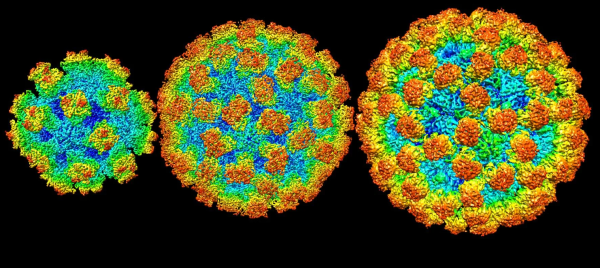Too loud!: The problem of noise pollution
Sound persists in everyday life and remains hard to escape. The effects of surrounding loud noise contribute to the invisible issue: noise pollution. Attributed sources come from urban aspects and social events. From humans to wildlife, the effects of noise pollution leave detrimental health effects on all living things. Implementing solutions can decrease the presence of noise pollution and help populations lead healthier, rattle-free lives.
May 18, 2023
Through the bustling, buzzing moments of everyday life, noise becomes a prevalent counterpart. Urban sounds such as blaring car horns and rumbling construction noises, contribute to the growing issue of noise pollution. This invisible pollution refers to sound above 65 decibels (dB) according to the World Health Organization (WHO). The generated sounds of noise pollution contribute to detrimental health effects on humans and harm wildlife.
Sources of noise pollution exist everywhere and remain significant in the growth of urbanization and the development of industries. Through the expansion of transportation systems, aspects such as road and air traffic spawn loud sounds that contribute to noise pollution. Constant construction sounds and heavy machinery in industrial sectors also contribute to the presence of damaging sounds. Furthermore, social functions and entertainment venues amplify overall noise pollution and leave adverse health effects on surrounding populations and wildlife. Pop star Taylor Swift hosted her three-day weekend concert at the Mercedes-Benz Stadium in downtown Atlanta. With the rocking music and loud screams from the crowd, the show contributed to urban noise pollution in the Peach State.
Though people may not think loud sounds impact the health of both humans and wildlife, they do in fact produce immediate to long-term health effects. The impairment of hearing remains noticeable and presents damaging health indicators attributed to noise pollution. Exposure to decibel levels higher than 65 dB for a long amount of time can lead to temporary or permanent hearing loss. The presence of noise pollution can disrupt the circadian rhythm, the natural cycle that regulates sleep and wake patterns. This can lead to linked health problems such as problems with memory and decision-making and can lead to decreased alertness. In children, the effects of disturbing levels of sounds present an issue with their cognitive performance and concentration in school. Noise pollution can increase the risks of high blood pressure and heart disease. Loud sounds can contribute to developing mental health disorders. Noise pollution triggers stress and as a result, anxiety and increased stress levels arise.
Wildlife, especially organisms that rely on sound, particularly take the hard hits of noise pollution. With the presence of human-generated noise, sea animals that utilize sound as a tool of communication, or namely echolocation, lose that ability. Sources of underwater noise such as oil drilling and sonar devices, make the once quiet deep blue into a constantly loud environment. Essential functions of echolocation include the search for food, navigation within the deep sea and finding mates that rely on the ability to echolocate, which cannot happen with excess noise.
“Sound can travel enormous distances very fast and whales have evolved to take advantage of that, they can hear storms a thousand miles away…It’s ripping the communications system apart and every aspect of their lives is dependent on sound, including finding food,” Dr. Christopher Clark, a senior researcher at the Cornell Lab of Ornithology said.
Mitigation tactics could decrease the prevalence of noise pollution’s existence. The enforcement of legislative actions that would regulate noise levels in sectors that create loud sounds, such as industrial sites. In addition, the adoption of urban planning to include green space and traffic management can reduce noise in urban areas. Within communities, raising awareness of the harmful effects of noise pollution could help the public understand the importance of reducing noise and induce actions to protect against the effects of loud sounds.
“I think the current tactics to reduce noise pollution are not effective enough to prevent the minimum amount of noise that would negatively affect living organisms. Public awareness allows people to understand the degree of negative impacts of noise pollution, however, many people are not introduced to this topic. Increased education and awareness on noise pollution could teach others the importance of noise pollution,” magnet junior Vivian Nguyen said.

















